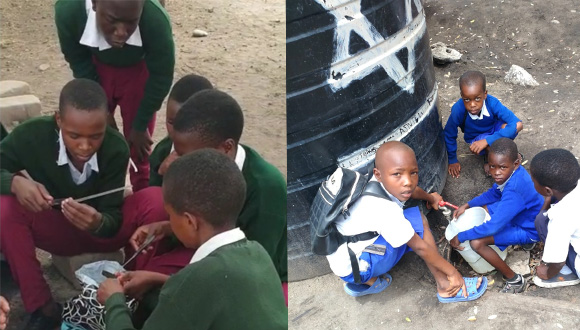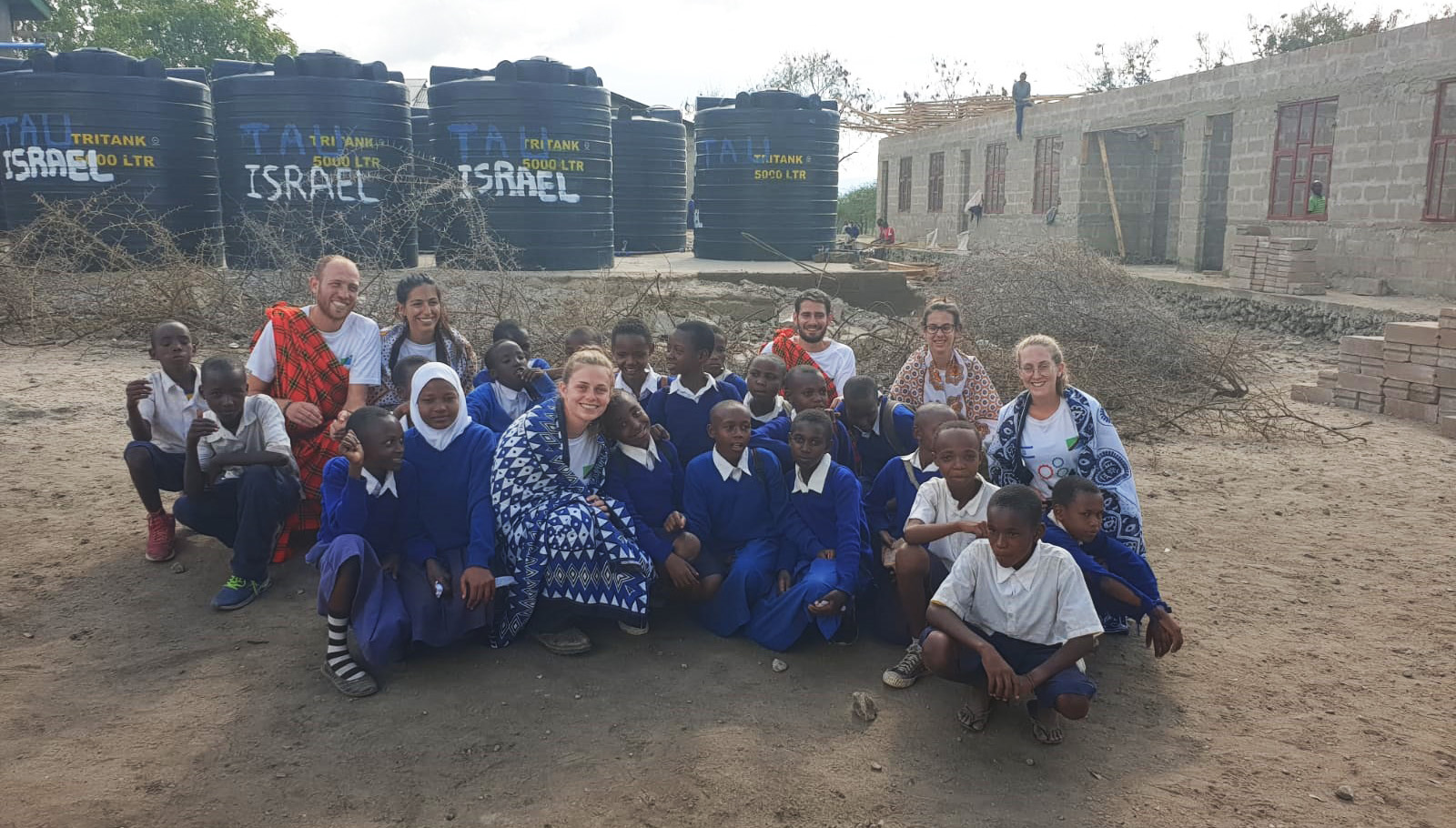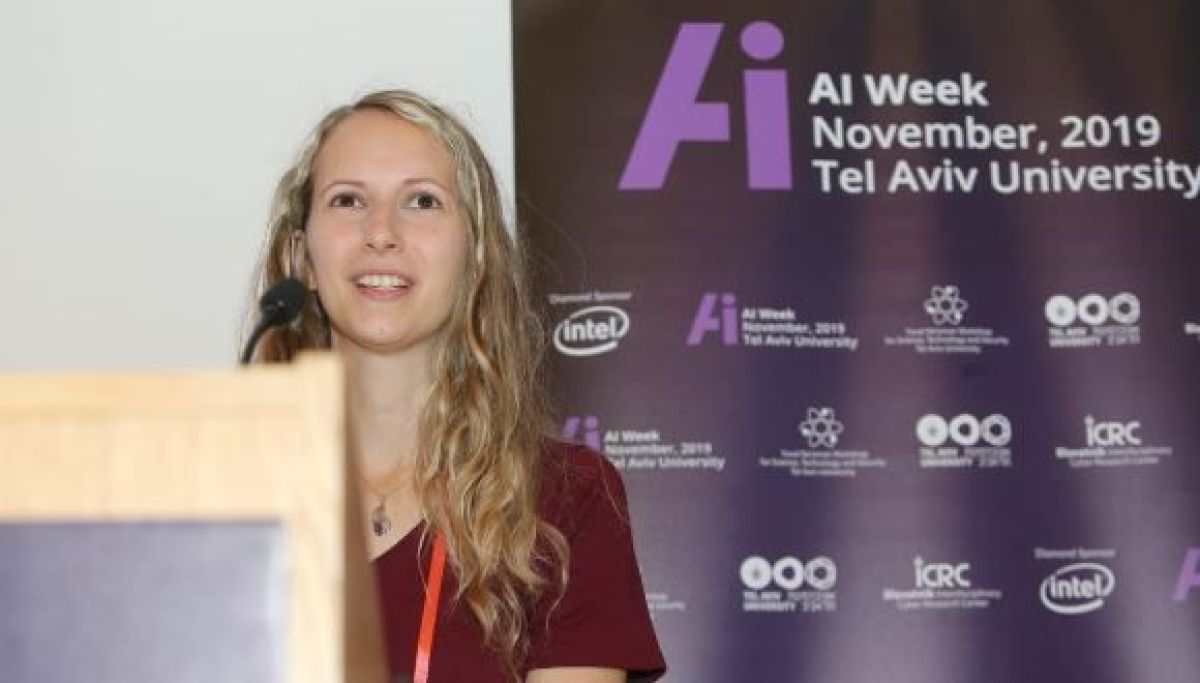Bringing water to Tanzania
Tel Aviv University’s future engineers flew to Africa to connect a school with 1,000 students to clean water
The children living in the villages of Babati district, Tanzania will now have drinkable water during the dry season, thanks to the student delegation from the Iby and Aladar Fleischman Faculty of Engineering. Unfortunately, there are still many places in the world where fresh, clean water, which many in developed countries take for granted, is a rare commodity. This is a common problem in many African countries. Each year, a delegation of engineers from the University of Tanzania sets out to build and improve water and electricity infrastructure. They do so within the framework of the “Engineers Without Borders” association, which works to promote and improve the quality of life of the Israeli population and developing populations worldwide. This year, as in previous years, students responded to the organization’s call, and a delegation of six students flew out during the Sukkot holiday break to contribute their time and knowledge, gained during their studies, and install systems at the regional school that would store 40,000 liters of water.Months without water
“In Babati district, children sometimes have to walk 10 kilometers to reach clean water reservoirs, or settle for stagnant, contaminated water containing high levels of fluoride, which is detrimental to their health,” says Natalie Lubelchick, a University delegation graduate who is currently completing her master’s degree in Astrophysics. In Tanzania, during the dry season, the local rural population has to cope with three long, hot and dry months. In the absence of a solid infrastructure, the search for drinkable water sources is particularly difficult. If that’s not enough, the same water is also sought by wild animals, who often damage the few existing artificial water reservoirs. The mission of the Israeli delegation, which has sent volunteers for the fifth time, was to build a 40,000-liter water collection system from the rooftops of the Babati district school, where approximately a 1,000 students study, maintain existing systems installed by previous delegations, and also establish a new library, together with the local community. The project is overseen by Prof. Dror Avisar, head of the Water Research Center. Working together: members of the delegation with locals from the school in Babati district
Working together: members of the delegation with locals from the school in Babati district
A glass of water a day for 1,000 children
After a 12-hour flight and before they embarked on two weeks of challenging physical labor, the delegation acquired all the necessary equipment they didn’t bring with them from Israel in Arusha, the city where they landed: dozens of huge 2000-liter containers, each to be installed in a school, as well as pipes and work tools. The main difficulty of this delegation and its predecessors is in being funded. “The ideal situation is that we would have a regular annual budget and know that our operations are guaranteed,” explains Natalie. Sometimes it’s unclear until the day of departure how much money will be at their disposal. On the eve of leaving the city for the village, the delegation members met the Tanzanian community representative, Julius, a school teacher who accompanies the project, and met his family. “He is the delegation’s angel and takes care of all of us,” says Natalie. Smiles all around: Julius and his family with members of the delegation
At the biggest, most central school in Babati district, where the largest system was about to be installed, the delegation was greeted with an enthusiastic welcome. Knowing that soon every student would be able to enjoy clean water was exciting for the children.
Smiles all around: Julius and his family with members of the delegation
At the biggest, most central school in Babati district, where the largest system was about to be installed, the delegation was greeted with an enthusiastic welcome. Knowing that soon every student would be able to enjoy clean water was exciting for the children.
 Hope and excitement: the delegation is recieved by the young students
Hope and excitement: the delegation is recieved by the young students

At the principal’s office
The first order of business for the delegation was teaching a group of boys and girls from local Scouts how to help with the construction and then later on how to maintain the systems. “The idea is not just to build a system, but to work collaboratively with the community, which includes education and instruction, which will lead to long-term results,” Natalie explains.
At the principal’s office
The first order of business for the delegation was teaching a group of boys and girls from local Scouts how to help with the construction and then later on how to maintain the systems. “The idea is not just to build a system, but to work collaboratively with the community, which includes education and instruction, which will lead to long-term results,” Natalie explains.
 Left: local Scouts learning the new system. Right: children from the school using it to get clean water.
The construction process included installing gutters, cleaning the water tanks and preparing the infrastructure. In one of the schools, where systems had already been installed in the past, the delegation had to replace containers, destroyed by elephants that came in search of water, and build anti-elephant concrete walls around them.
Left: local Scouts learning the new system. Right: children from the school using it to get clean water.
The construction process included installing gutters, cleaning the water tanks and preparing the infrastructure. In one of the schools, where systems had already been installed in the past, the delegation had to replace containers, destroyed by elephants that came in search of water, and build anti-elephant concrete walls around them.

 While the systems were being installed, the delegation members taught the students about proper use of the system and “water discipline”, and in return the students taught them local songs and dances.
While the systems were being installed, the delegation members taught the students about proper use of the system and “water discipline”, and in return the students taught them local songs and dances.
 Singing while you work: two members of the delgation with young students
When it was clear that the work was progressing quickly and efficiently, the delegation decided to visit local families and get to know the community. “We started asking them questions about their daily lives and their needs,” Natalie says. “We realized that in addition to building the systems in schools, we also want to think of a home solution. Most people here live in extended families, sometimes numbering up to 50 people. So, a solution for one family can spare them a walk to the nearest water source, which can take hours, and also give them clean water, as opposed to reservoirs that are very polluted. Our challenge was to think of a simple, creative and inexpensive solution, using local materials, so we could easily distribute and duplicate it, and they could easily maintain the systems.”
Singing while you work: two members of the delgation with young students
When it was clear that the work was progressing quickly and efficiently, the delegation decided to visit local families and get to know the community. “We started asking them questions about their daily lives and their needs,” Natalie says. “We realized that in addition to building the systems in schools, we also want to think of a home solution. Most people here live in extended families, sometimes numbering up to 50 people. So, a solution for one family can spare them a walk to the nearest water source, which can take hours, and also give them clean water, as opposed to reservoirs that are very polluted. Our challenge was to think of a simple, creative and inexpensive solution, using local materials, so we could easily distribute and duplicate it, and they could easily maintain the systems.”

 Sometimes the villagers are forced to drink polluted water
Sometimes the villagers are forced to drink polluted water
As the largest system was assembled at the Minjingu Elementary School, the principal, together with the teachers, some of the parents and a thousand students, conducted a moving farewell ceremony. “They thanked us with a song, and promised to maintain the system, and we, for our part, got to see and understand how important the system is to them,” Natalie concludes.











